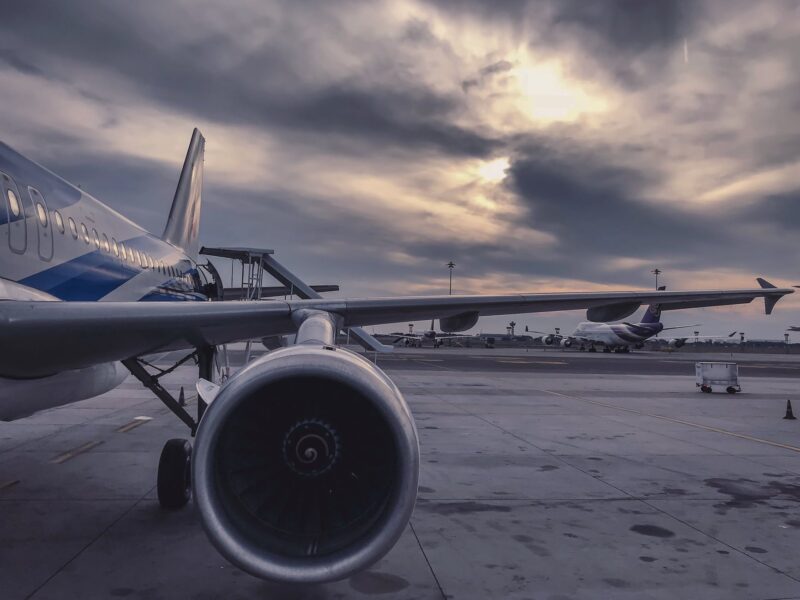There are almost 30 thousand aircraft in the world today, and this includes both the carriers and passenger planes. One interesting fact is that at any given time, there can be between 8 and 20 thousand planes in the sky, and these things are possible because of the technology that is used and the scientists behind the industry.
The number of airplane accidents is extremely low, and last year there were about a dozen that led to serious injuries and death. When we calculate the numbers, we can see that airplanes are the safest mean of transport, and this is all possible because of the regular maintenance that is done to every craft allowed to go into the sky.
If you are interested in the service and upkeep of these crafts, you’ve come to the right place! Here we are going to talk about all the types of upkeep and how often they are done.
Line
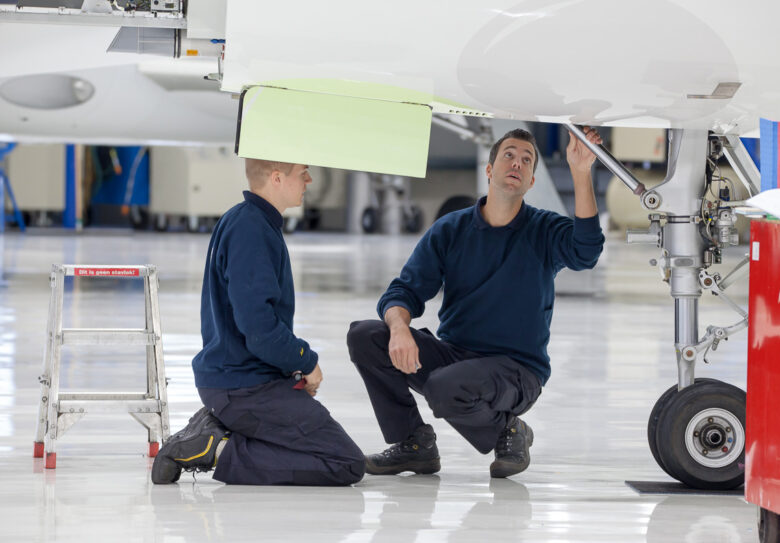
The line maintenance is said to be the most basic one, but when we see the big picture, it may be considered as one of the most important parts of the aircraft checkup. This type of upkeep is done during the transit checks and it consists of checking the hydraulics, all the oils that are in one airplane, the wheels as well as the brakes.
The line upkeep is one of the most frequent ones and the statistic shows that one carrier can spend up to twelve hours per week in the checking process. These services happen all around the world 24/7 and they are crucial so that the safety and the security of the craft, passengers, and personnel are preserved.
Heavy
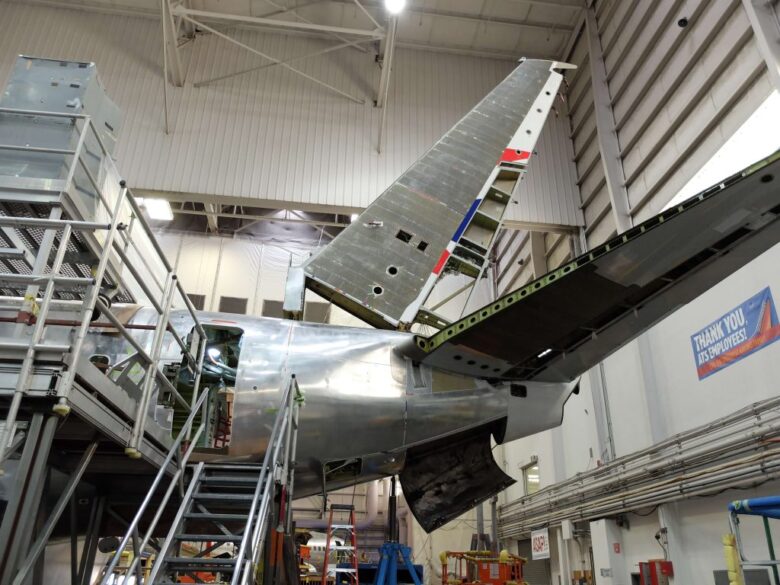
As the name suggests, this kind of upkeep is the most complex one and it can be done every five to ten years. It all depends on the other types of service as well, and the durability of the craft itself.
We are going to give you more details about the common kinds of upkeep, and when they are divided by category, we can say that the A upkeep falls under the more basic type, and the C and D kinds fall under a heavy type of upkeep. In this service, every single part of the craft is carefully checked to see if there are any damages, mistakes, or errors that have occurred or that might occur in the airplane. This upkeep is required for every kind of aircraft, no matter if we are talking about military, commercial, or civil airplanes.
Now let’s talk about the A, C, and D types of upkeep. One interesting fact is that there used to be a B kind of service, but that sort got discarded because it was used on older kinds of units that are not part of the modern aircraft world.
A
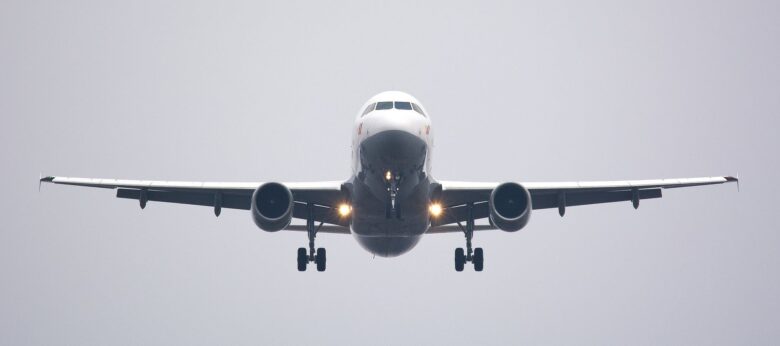
This sort of service is usually done every two months, but it can be also scheduled once every 10 weeks. The duration depends on the type of craft that is checked, and if we check the numbers for a regular B737 the whole process should be done in 6 hours up to one day.
During the A check all the filters are changed, including the oil and air ones. The next thing that is maintained is the hydraulics that is connected to the control services, and the main parts are going to be lubricated.
Last, but not least, the emergency equipment will be checked to see if any inflatable objects have damage or if they need to be replaced.
C
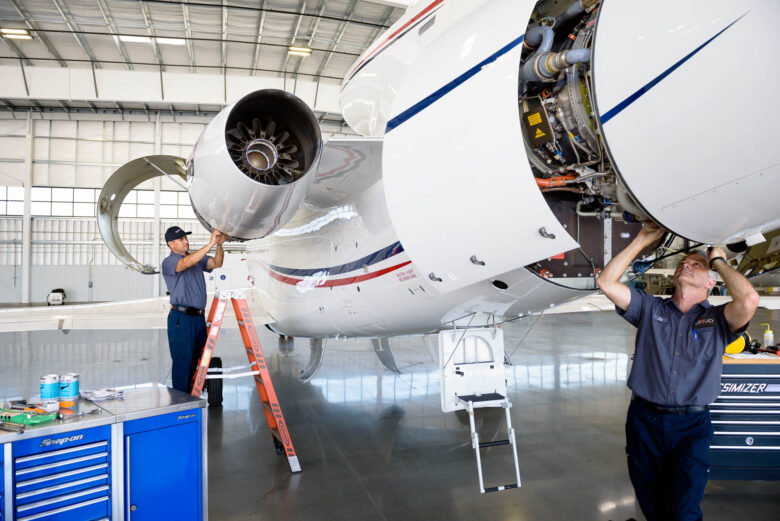
This type of upkeep is scheduled once every year and a half, up to two years. It is a heavy type of service, and it usually takes up to one month. During this service, most of the parts of the aircraft will be inspected and the craft is not allowed to leave the premises during the upkeep. According to Aviation InterTec, all of the inspections are done to improve the safety of the craft itself and to save a lot of time and money in the long run.
The C check is done in the hangar base and it can take up to 6 thousand man-hours to complete the full upkeep.
D
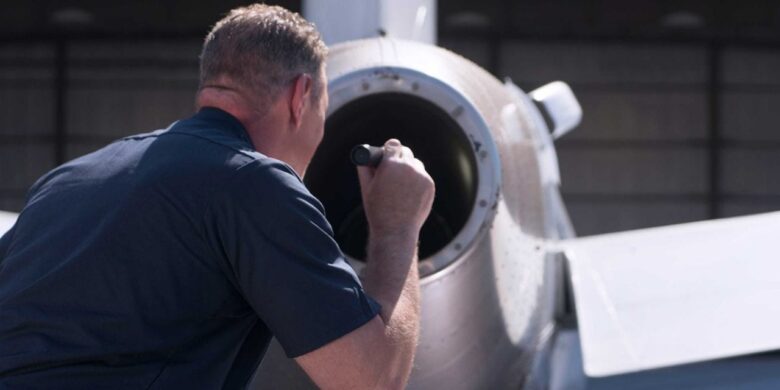
The D upkeep is the most complex kind and it requires the most time. It is performed once every 6 years, and the people working on it basically dismantle the whole craft in order to inspect every single part of it. The craft is inspected inside and out, including everything from the seats and the safety equipment up to the engines and the galleys. It usually takes more than half a billion man-hours for one of these checks to be completed and thousands of engineers work on all the crafts that need to be serviced.
The costs for this type of upkeep can rise up to several millions of dollars because everything needs to be manually checked and repaired. The process can last up to two months, but for the commercial planes, it usually takes about 3 weeks. It is said that with the advancement of the technology these upkeeps are getting scheduled less frequently, and if we compare the older models of craft with the new ones, we can notice that in the past, the heavy-duty maintenance had to be done every two or 3 years. Nowadays, the B787 gets a D check every 12 years, and in the past, it was scheduled for one every 5 to 6 years.
Because of these upkeeps, we are safer and take care of them. The engineers that work on the aircraft have decades of experience and they know every part of the plane like the back of their hands. Next time you are on a plane, you can talk to the flight attendant and ask them about when was the last time the craft was maintained. They will be able to answer the questions you have about the specific types of upkeep and they will give you better details depending on the plane you are flying on.


